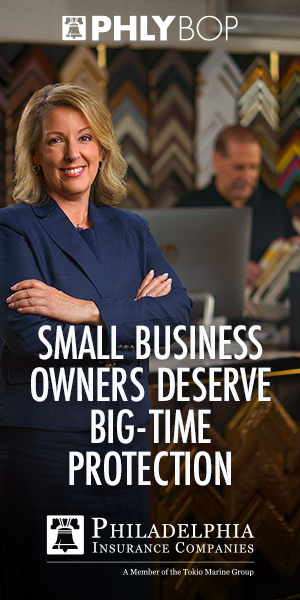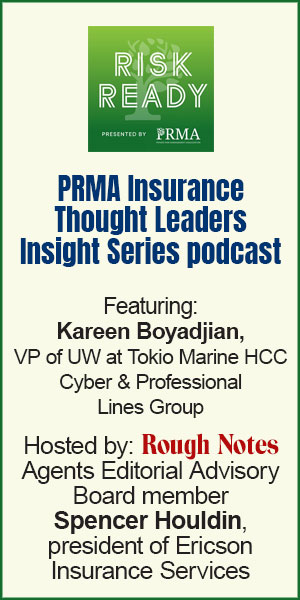Strategies for creating an “environment”
for employees who rarely connect in person
By Lindsey Jordan
As remote and hybrid work models continue to reshape the modern workplace, team dynamics are evolving in profound ways. These flexible arrangements have improved work-life balance for many employees—but they also present new challenges.
Building trust, onboarding effectively, maintaining a cohesive culture, and monitoring individual contributions have all become more complex. If left unaddressed, these challenges can impact performance and, ultimately, profitability.
Successful businesses are typically built on collaborative high-functioning teams that work together in unison to deliver quality client experiences. In the past, casual conversations, spontaneous brainstorming sessions and regular, first-hand interactions helped build the interpersonal bonds that are proven to be critical for effective teamwork.
The absence of these organic moments can weaken collaboration, morale, and productivity. Yet, when remote and hybrid workplaces are managed with intention, not only can they preserve corporate culture, but they also can enhance team dynamics by fostering thoughtful communication and deeper engagement.
The critical role of employee engagement
Employee engagement and team building are far more than occasional icebreakers or annual retreats—they are about cultivating a workplace culture where trust, communication, collaboration and shared purpose thrive on a daily basis. Teams that feel connected are better equipped to navigate challenges, adapt to change, and drive innovation. Engaged employees are not merely satisfied; they are emotionally invested in their work and deeply committed to the organization’s success.
Building a strong team culture with a remote workforce must be an intentional process. It requires leaders who are willing to invest in strategies that build meaningful connections from a distance.
Fostering this engagement begins with a fundamental question: How can organizations create an environment where employees feel connected, valued, heard and motivated, when they rarely connect in person?
Strategies for boosting engagement
One effective approach is the implementation of a structured employee engagement program. Such programs are designed to provide ongoing opportunities for connection, creativity, and community. Here are several initiatives that organizations can adopt to strengthen team bonds:
- Host virtual meetings beyond business. Hosting virtual meetings solely focused on building comradery can replicate the informal interaction that naturally occurs in traditional office environments. Examples of this include playing virtual games or having themed trivia contests where team members can relax, laugh and bond.
- Celebrate special occasions. Personal touches go a long way in making employees feel valued. Develop a shared calendar recognizing birthdays, work anniversaries, or personal milestones. Send e-cards, share congratulatory emails, or spotlight achievements during team meetings. Recognizing national observances, such as International Boost Self-Esteem Month in February or National Stress Awareness Month in April, can also contribute to a shared sense of purpose and connection.
- Create regular touchpoints. Foster a sense of consistency with regular communications. For instance, send a motivational quote on Mondays, host a trivia question on Tuesdays, or invite employees to share fun photos on Fridays. These small, predictable touchpoints offer opportunities for team members to interact casually and can build a strong sense of belonging.
- Encourage deeper personal connections. Go beyond surface-level interactions by encouraging opportunities for team members to share personal stories, hobbies, or interests. Consider organizing virtual “get-to-know-you” sessions or incorporating informal check-ins before meetings. Building empathy and understanding among colleagues strengthens trust and cooperation.
- Tailor engagement to your team’s interests. Creativity is key. Launch initiatives such as a monthly virtual book club or a recipe-sharing challenge. By tailoring engagement activities to what your team values most, participation becomes more enthusiastic and genuine.
Bridging generational and cultural gaps
One of the most powerful aspects of employee engagement is its ability to unite people across age groups, cultural backgrounds, and life experiences. In many workplaces today, you’ll find baby boomers working alongside Gen Z, each bringing unique perspectives and strengths to the table. However, generational differences in communication styles, work habits, and expectations can sometimes lead to misunderstandings or friction.
Engagement initiatives that are inclusive and intentionally designed can help bridge these gaps. Activities that encourage storytelling and shared learning—like cross-generational mentorship programs or cultural exchange events—promote mutual respect and appreciation. Celebrating holidays, hosting “day in the life” spotlights, or simply creating space for open dialogue can help employees better understand and value each other’s backgrounds.
When employees feel seen and heard for who they are—not just for what they do—they’re more likely to contribute authentically and collaborate more effectively. Inclusive engagement strengthens not just team cohesion, but the broader organizational culture.
Tangible benefits of employee engagement
Employee engagement is not a one-time project—it’s an ongoing relationship between employees and the organization. Companies that invest in engagement reap numerous benefits that directly impact the bottom line. A positive, connected team culture leads to:
- Higher productivity. Engaged employees are motivated, focused and more efficient in their roles.
- Better retention rates. A supportive environment reduces turnover and the associated costs
of recruiting and onboarding
new talent. - Enhanced customer experience. Teams that feel connected and valued deliver better service, resulting in higher customer satisfaction and loyalty.
- Greater innovation. A positive, trusting work environment encourages employees to take creative risks and contribute new ideas without fear of failure.
- Stronger employer branding. Organizations with happy, engaged employees naturally attract top-tier talent and bolster their reputation in the marketplace.
Ultimately, the happiness and well-being of employees are inextricably linked to an organization’s overall success. A thriving corporate culture fosters loyalty, has positive morale and creates an environment where both people and profits can grow together.
[W]hen remote and hybrid workplaces are managed with intention,
not only can they preserve corporate culture, but they can also enhance
team dynamics by fostering thoughtful communication and deeper engagement.
Building connection: an imperative for today’s leadership
In an era where remote and hybrid work arrangements are increasingly the norm, building strong, connected teams is no longer a “nice-to-have”—it’s a strategic necessity. Companies must move beyond traditional models of management and embrace new methods of fostering collaboration, trust, and engagement across distances.
By intentionally supporting meaningful relationships, promoting an inclusive, flexible work culture, and investing in ongoing employee engagement initiatives, organizations can unlock the full potential of their teams. In doing so, they position themselves not only to survive, but to thrive.
At the heart of every successful employee engagement strategy is strong, committed leadership. While programs and initiatives can be designed by HR, their success depends on leaders at all levels actively modeling the behaviors they wish to see.
Leadership isn’t just about setting goals—it’s about fostering psychological safety, demonstrating empathy, and making space for every voice at the table.
Great leaders recognize that engagement starts with them. They listen, communicate transparently, and take consistent action to support their teams. This includes checking in regularly—not just on performance, but on well-being—and reinforcing a culture where feedback flows both ways. By showing genuine interest in their people’s growth, leaders inspire loyalty, build trust, and set a powerful example for others to follow.
Engagement isn’t a box to check—it’s a mindset. And when leadership embraces it fully, it becomes woven into the fabric of the organization’s success.

The author
Lindsey Jordan is a dynamic leader with a proven track record of success and innovation in the insurance industry. Starting her journey with PRMS as an entry-level associate, Lindsey’s unwavering determination, passion, and excellence propelled her through a series of promotions, culminating in her current role as assistant vice president and director of operations. In her position, Lindsey oversees all facets of PRMS’s general business operations, including accounting, vendor management, and licensing.
A graduate of Marist College with a Bachelor’s degree in Communication and Advertising, Lindsey brings a creative and strategic approach to her work.







